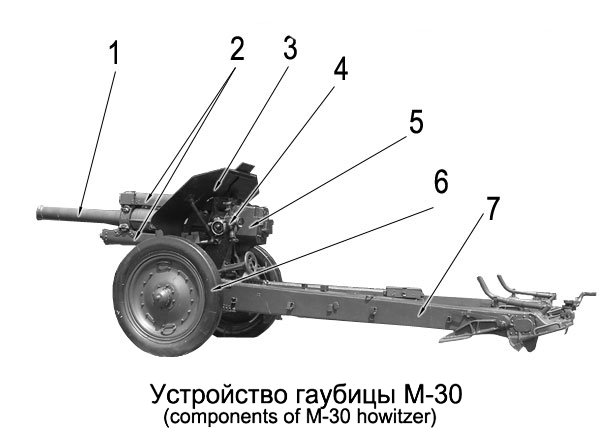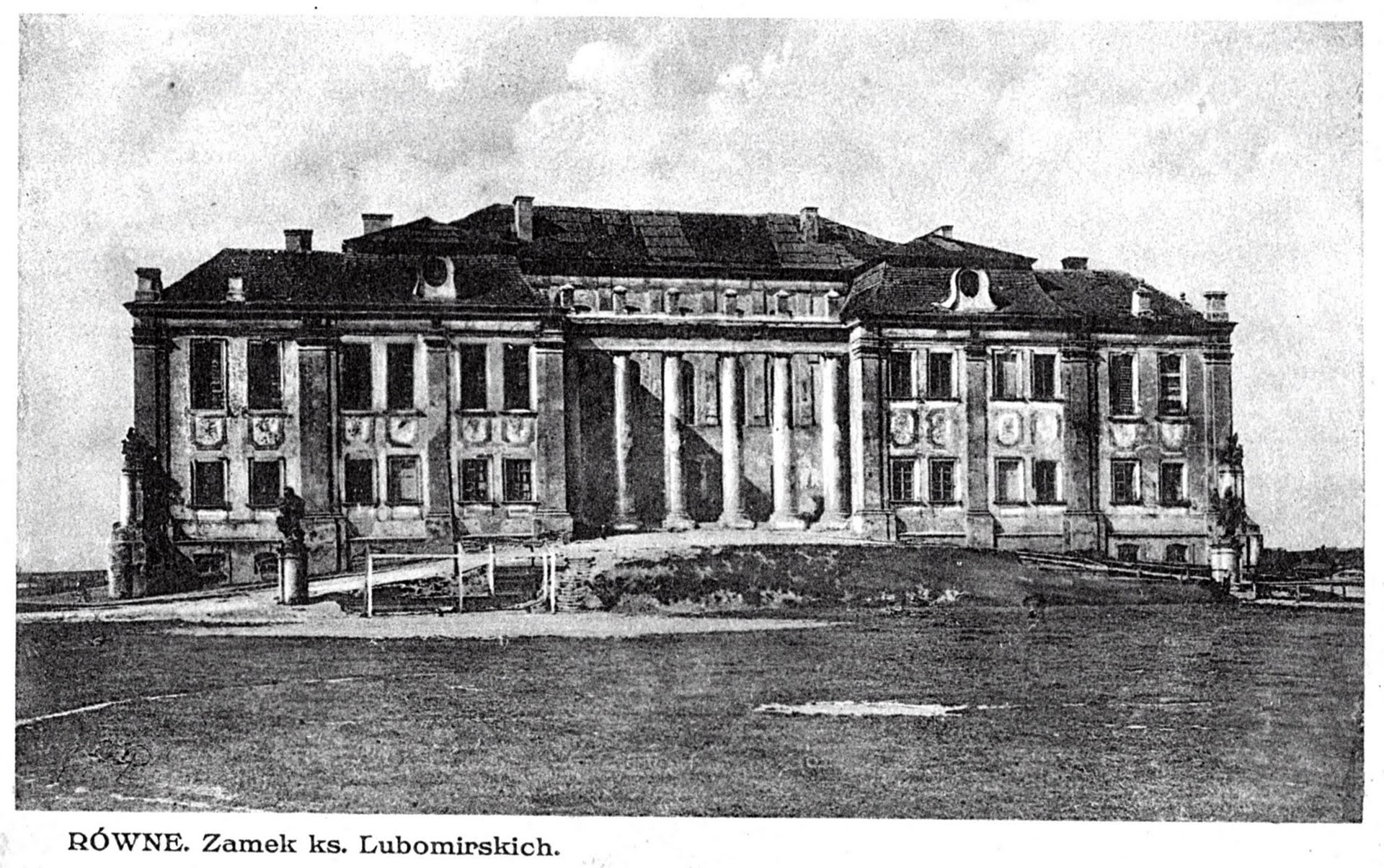|
215th Rifle Division
The 215th Rifle Division () was an infantry division of the Red Army during World War II that continued to serve in the Soviet Army during the early years of the Cold War. It was the successor to a motorized division of that same number that was destroyed during the Battle of Kiev in September 1941. Formed as the 48th Rifle Brigade in late 1941, it fought in the Toropets–Kholm Offensive and was reorganized as the 215th Rifle Division in May 1942. The division fought in the Battles of Rzhev until March 1943 and in the Battle of Smolensk, receiving the name of Smolensk as an honorific for its participation in the capture of the city. Advancing into eastern Belorussia in late 1943, the division fought in a series of stalemated offensives before participating in Operation Bagration during mid-1944. Receiving the Order of the Red Banner for its actions in the capture of Vilnius, the 215th advanced into East Prussia in late 1944 and in early 1945 fought in the East Prussian Offensi ... [...More Info...] [...Related Items...] OR: [Wikipedia] [Google] [Baidu] |
Soviet Union
The Soviet Union,. officially the Union of Soviet Socialist Republics. (USSR),. was a transcontinental country that spanned much of Eurasia from 1922 to 1991. A flagship communist state, it was nominally a federal union of fifteen national republics; in practice, both its government and its economy were highly centralized until its final years. It was a one-party state governed by the Communist Party of the Soviet Union, with the city of Moscow serving as its capital as well as that of its largest and most populous republic: the Russian SFSR. Other major cities included Leningrad (Russian SFSR), Kiev (Ukrainian SSR), Minsk ( Byelorussian SSR), Tashkent (Uzbek SSR), Alma-Ata (Kazakh SSR), and Novosibirsk (Russian SFSR). It was the largest country in the world, covering over and spanning eleven time zones. The country's roots lay in the October Revolution of 1917, when the Bolsheviks, under the leadership of Vladimir Lenin, overthrew the Russian Provisional Government ... [...More Info...] [...Related Items...] OR: [Wikipedia] [Google] [Baidu] |
Samland Offensive
The Samland offensive was a Soviet offensive on the Eastern Front in the final stages of World War II. It took place in Sambia (german: Samland); (russian: земланд, translit=Zemland). The East Prussian offensive, which commenced on January 13, 1945, had seen the Red Army clear German forces from much of East Prussia. The defenders had been driven into a series of pockets on the Baltic coast and in the city of Königsberg, in which they were besieged. Marshal Aleksandr Vasilevsky, who had taken over command of the 3rd Belorussian Front in February, incorporated General Hovhannes Bagramyan's 1st Baltic Front into his command from February 22, redesignating it as the Zemland Army Group (or Samland Front).Duffy, p.203 Bagramyan's forces initially laid siege to Königsberg; the city was eventually stormed on April 9. They were then given the task of overcoming the substantial German force still remaining in Sambia. German planning German defence efforts had largely focused o ... [...More Info...] [...Related Items...] OR: [Wikipedia] [Google] [Baidu] |
Southwestern Front (Soviet Union)
The Southwestern Front was a front of the Red Army during the Second World War, formed thrice. It was first created on June 22, 1941 from the Kiev Special Military District. The western boundary of the front in June 1941 was 865 km long, from the Pripyat River and the town of Wlodawa to the Prut River and the town of Lipkany at the border with Romania. It connected to the north with the Western Front, which extended to the Lithuanian border, and to the south with the Southern Front, which extended to the city of Odessa on the Black Sea. Operational history The Southwestern Front was on the main axis of attack by the German Army Group South during Operation Barbarossa. At the outbreak of war with Germany, the Front was commanded by Mikhail Kirponos and contained the Soviet 5th, 6th, 26th, and 12th Armies along the frontier. 16th 16 (sixteen) is the natural number following 15 and preceding 17. 16 is a composite number, and a square number, being 42 = 4 × 4. It i ... [...More Info...] [...Related Items...] OR: [Wikipedia] [Google] [Baidu] |
5th Army (RSFSR)
The 5th Army was a field army of the Red Army during the Russian Civil War. The 5th Army was formed four times. The first formation was between the beginning of March 1918 and April as a reaction to the Austro-German occupation of Ukraine. The second formation was created between April 1918 and 23 June 1918 to defend Tsaritsyn, the third formation between August 16, 1918 and September 6, 1922, as a part of the Eastern Front and the fourth formation between November 16, 1922 and June 1924 in the Far East. History First formation On March 17, 1918, the Second All-Ukrainian Congress of Soviets decided to create armed forces to counter foreign and contra-revolutionary forces. Five armies of some 3,000 -3,500 men were created. In fact, these armies were only brigades with limited combat capabilities. Rudolf Sivers became the commander of the 5th Army, which counted some 3,000 men. In March 1918, it defended the area of Kursk, Novhorod-Siverskyi, Bakhmach, Konotop and Vorozhba. It ... [...More Info...] [...Related Items...] OR: [Wikipedia] [Google] [Baidu] |
19th Tank Division (Soviet Union)
19 (nineteen) is the natural number following 18 and preceding 20. It is a prime number. Mathematics 19 is the eighth prime number, and forms a sexy prime with 13, a twin prime with 17, and a cousin prime with 23. It is the third full reptend prime, the fifth central trinomial coefficient, and the seventh Mersenne prime exponent. It is also the second Keith number, and more specifically the first Keith prime. * 19 is the maximum number of fourth powers needed to sum up to any natural number, and in the context of Waring's problem, 19 is the fourth value of g(k). * The sum of the squares of the first 19 primes is divisible by 19. *19 is the sixth Heegner number. 67 and 163, respectively the 19th and 38th prime numbers, are the two largest Heegner numbers, of nine total. * 19 is the third centered triangular number as well as the third centered hexagonal number. : The 19th triangular number is 190, equivalently the sum of the first 19 non-zero integers, that is also ... [...More Info...] [...Related Items...] OR: [Wikipedia] [Google] [Baidu] |
37 Mm Automatic Air Defense Gun M1939 (61-K)
The 37 mm automatic air defense gun M1939 (61-K) (russian: 37-мм автоматическая зенитная пушка образца 1939 года (61-К)) is a Soviet 37 mm calibre anti-aircraft gun developed during the late 1930s and used during World War II. The land-based version was replaced in Soviet service by the AZP S-60 during the 1950s. Guns of this type were successfully used throughout the Eastern Front against dive bombers and other low- and medium-altitude targets. It also had some usefulness against lightly armoured ground targets. Development The Soviet Navy purchased a number of Bofors 25 mm Model 1933 guns in 1935, trials of the weapon were successful and it was decided to develop a 45 mm version of the weapon designated the 49-K. The development under the guidance of leading Soviet designers M. N. Loginov, I. A. Lyamin and L. V. Lyuliev was successful, but the army thought that the 45 mm calibre was a little too large for a ... [...More Info...] [...Related Items...] OR: [Wikipedia] [Google] [Baidu] |
122 Mm Howitzer M1938 (M-30)
The 122 mm howitzer M1938 (M-30) (GRAU index: 52-G-463) was a Soviet 121.92 mm (4.8 inch) howitzer. The weapon was developed by the design bureau of Motovilikha Plants, headed by F. F. Petrov, in the late 1930s, and was in production from 1939 to 1955. The M-30 saw action in World War II, mainly as a divisional artillery piece of the Red Army (RKKA). Captured guns were also employed later in the conflict by the German Wehrmacht and the Finnish Army. Post World War II the M-30 saw combat in numerous conflicts of the mid- to late twentieth century in service of other countries' armies, notably in the Middle East. Development In 1930 Red Army (RKKA) authorities started to look for a new divisional-level howitzer to replace the pre-World War I 122 mm howitzer M1909 and 122 mm howitzer M1910. Although both pieces were eventually modernized, resulting in the 122-mm howitzer M1909/37 and the 122-mm howitzer M1910/30 respectively, these upgrades did not address some short ... [...More Info...] [...Related Items...] OR: [Wikipedia] [Google] [Baidu] |
BT Tank
The BT tanks (russian: Быстроходный танк/БТ, translit=Bystrokhodnyy tank, lit. "fast moving tank" or "high-speed tank") were a series of Soviet light tanks produced in large numbers between 1932 and 1941. They were lightly armoured, but reasonably well-armed for their time, and had the best mobility of all contemporary tanks. The BT tanks were known by the nickname ''Betka'' from the acronym, or its diminutive ''Betushka''. The successor of the BT tanks was the famous T-34 medium tank, introduced in 1940, which would replace all of the Soviet fast tanks, infantry tanks, and medium tanks in service. Design The BT tanks were "convertible tanks". This was a feature that was designed by J. Walter Christie to reduce wear of the unreliable tank tracks of the 1930s. In about thirty minutes, the crew could remove the tracks and engage a chain drive to the rearmost road wheel on each side, allowing the tank to travel at very high speeds on roads. In wheeled mode, the ... [...More Info...] [...Related Items...] OR: [Wikipedia] [Google] [Baidu] |
Kiev Special Military District
Kyiv, also spelled Kiev, is the capital and most populous city of Ukraine. It is in north-central Ukraine along the Dnieper River. As of 1 January 2021, its population was 2,962,180, making Kyiv the seventh-most populous city in Europe. Kyiv is an important industrial, scientific, educational, and cultural center in Eastern Europe. It is home to many high-tech industries, higher education institutions, and historical landmarks. The city has an extensive system of public transport and infrastructure, including the Kyiv Metro. The city's name is said to derive from the name of Kyi, one of its four legendary founders. During its history, Kyiv, one of the oldest cities in Eastern Europe, passed through several stages of prominence and obscurity. The city probably existed as a commercial center as early as the 5th century. A Slavic settlement on the great trade route between Scandinavia and Constantinople, Kyiv was a tributary of the Khazars, until its capture by the Varangia ... [...More Info...] [...Related Items...] OR: [Wikipedia] [Google] [Baidu] |
Rivne
Rivne (; uk, Рівне ),) also known as Rovno (Russian: Ровно; Polish: Równe; Yiddish: ראָוונע), is a city in western Ukraine. The city is the administrative center of Rivne Oblast (province), as well as the surrounding Rivne Raion (district created in the USSR) within the oblast.On bringing the name of Rovno city and Rovno Oblast in accordance to rules of Ukrainian spelling . . 11 June 1991 Administratively, Rivne is incorporated as a cit ... [...More Info...] [...Related Items...] OR: [Wikipedia] [Google] [Baidu] |


.jpg)
.jpg)
